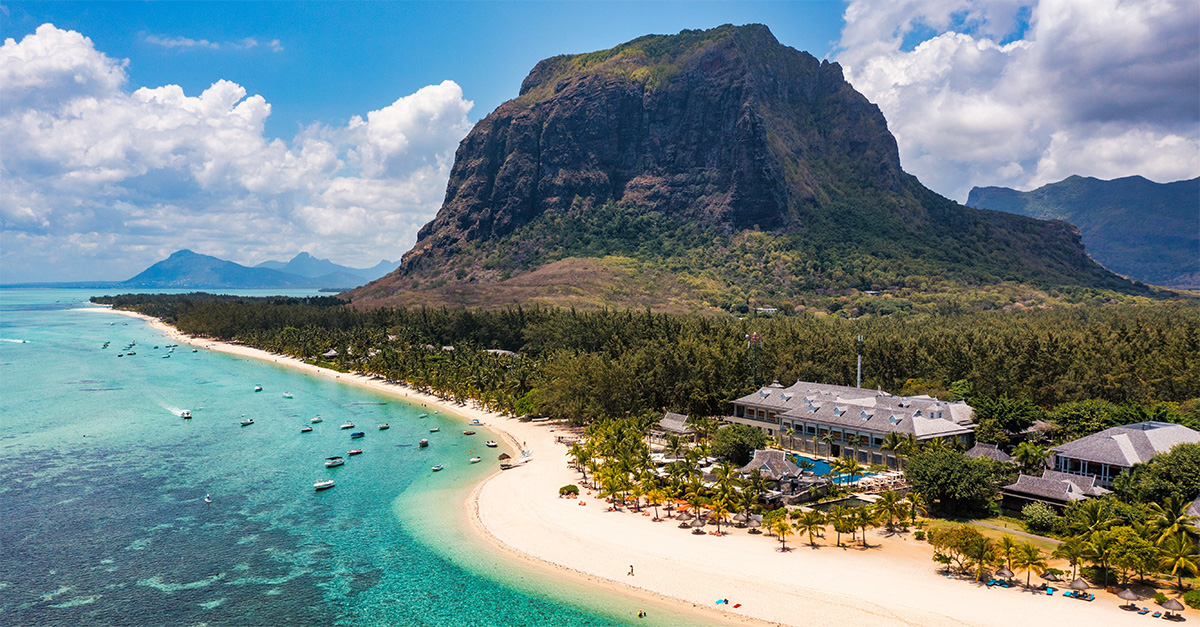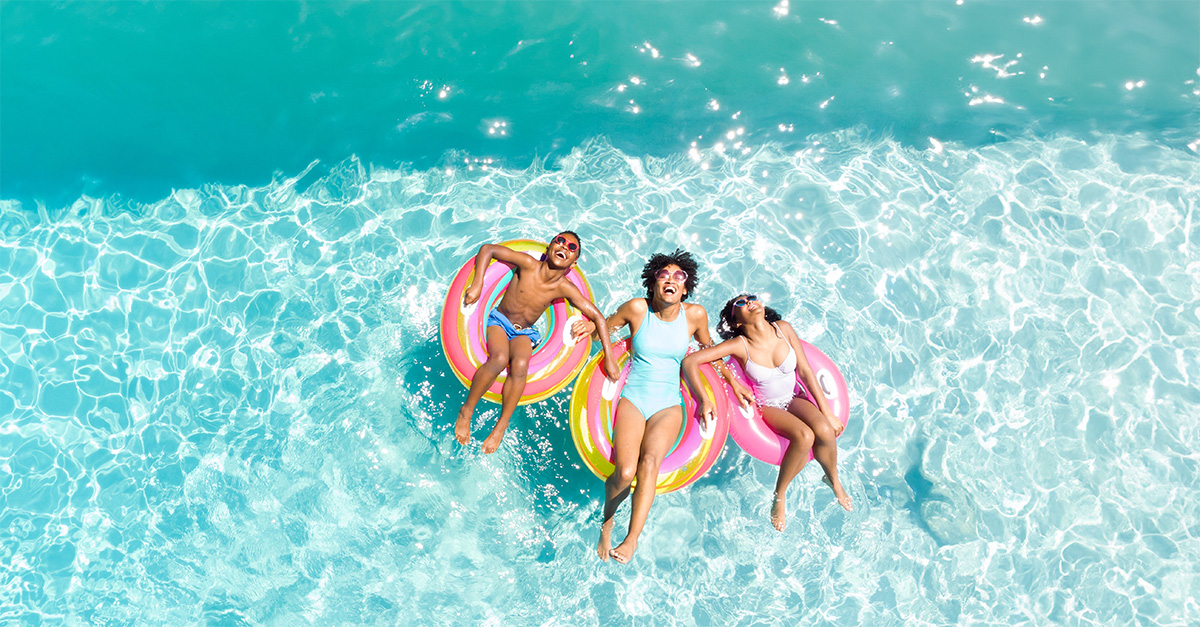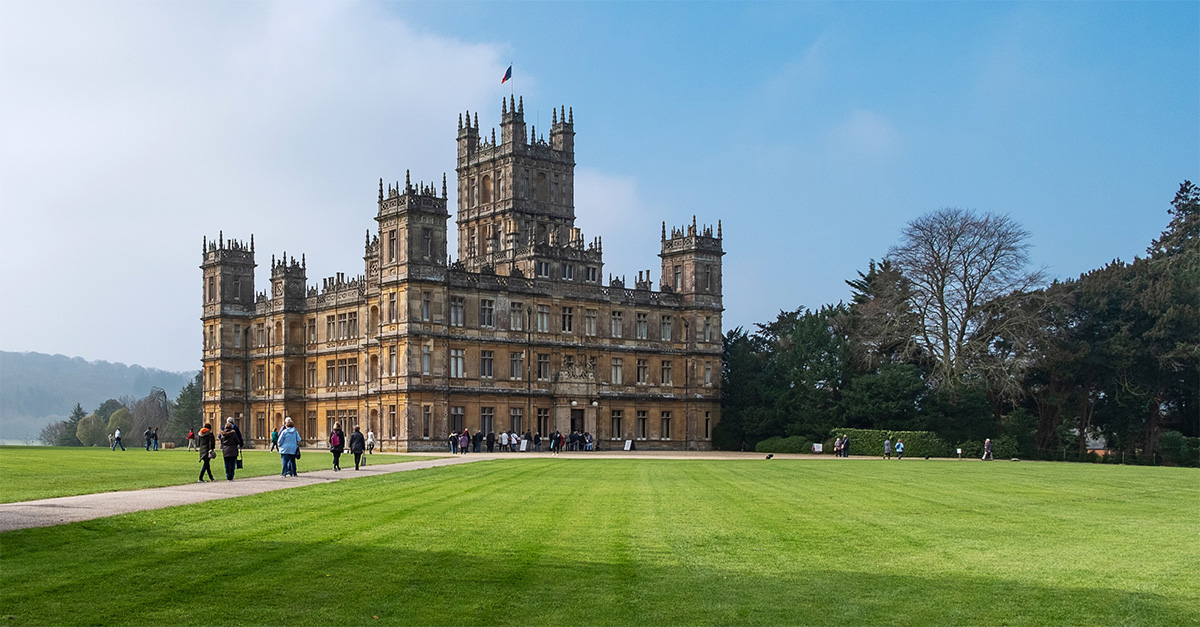Nasa scientists say the landscapes of the Namib Desert are similar to those on Mars. So says Manfred Pfeifer, our 71-year-old guide and expert on all things Namibian.
While I’ve never been to Mars, I’m inclined to agree. There’s something otherworldly about the stark beauty of these sprawling sands. And with thousands of square miles of desert, you’re only slightly more likely to bump into other tourists in Namibia than you are on the Red Planet.
However, Namibia’s attraction lies not only in its peace and quiet but in its difference. Yes, there are safaris, but there is so much more that will appeal to repeat visitors to Africa: the rolling dunes, salt pans, towering escarpments and awe-inspiring canyons are unique.
Shifting sands
The Namib Desert is a photographer’s paradise of light and colour. Its sands are constantly shifting, except where the dunes fossilise into mountains. The most famous area is Sossusvlei, where 50,000 cubic metres of sand blow through per year, causing the dunes to ‘walk’ imperceptibly north.
We climb a sand dune, marching up the crest until we’re out of breath and giddy at the height. Brave souls take the plunge and run down the side, feet slipping and sliding through the apricot-coloured grains.
A short trudge through the desert reveals the surreal Dead Vlei (vlei means lake in Afrikaans), where stark, twisted tree stumps dot a white salt pan, surrounded on all sides by pinkish dunes.
We then drive to an escarpment to view the towering Naukluft mountains. Cradling a sundowner, we watch, speechless save for ‘oohs’ and ‘ahhs’, as the sinking sun turns the landscape into a kaleidoscope of terracotta, salmon gold and violet.
Wild horse
Further south, the Karoo is the most biodiverse desert on earth. The area known as the Sperrgebiet, or prohibited area, was once the centre of Namibia’s diamond mining industry. Now most visitors venture here in the hope of spotting the famed wild horses. If your clients have time, recommend they visit Kolmanskop, once a thriving mining centre but now a ghost town.
Grand canyons
Further south lies a snaking, 100-mile long gash through the landscape. The Fish River Canyon, up to 550m deep, is the second- largest in the world, surpassed only by the Grand Canyon. Most visitors will find the view from the top breathtaking enough, but hardened explorers can opt for a five-day trek down it, for which special permits must be obtained.
At nearby Keetmanshoop is a whole forest of Namibia’s strangest plant, the quivertree.
Animal attraction
You may be able to avoid people, but animals throw themselves into your path in Namibia. And while the game parks in the north have the highest concentration of wildlife, in the south, the Kalahari teems with animals too.
Packs of baboons jay-walk across the gravel roads while springbok, with faces as pretty as Nefertiti, and oryx, with their long, spiralling horns, pause in their ceaseless search for desert grasses and watch as our car roars by.
Termite mounds tower over the plains, scattered with camelthorn and milkbush. Alongside all sorts of bok, such as steenbok, gemsbok and springbok, we spot giraffe, ostrich and a herd of zebra.
Tours
Distances are vast in Namibia, so tours always include long drives. This isn’t a bad thing though as the scenery is the major attraction. Some tourists, typically South Africans, opt for self-drives, but most British tourists will be safer and happier on a tour, with the added benefit of a guide’s wisdom.
Without the insight of our guide Manfred, who works for ground-handler Sense of Africa, we wouldn’t have even begun to grasp the complex history of the nation, which was previously a German colony and only gained independence in 1990.
For cash-rich, time-poor clients, suggest a fly-in safari. They won’t get the benefits of watching the world go by, but they will be able to see stunning aerial views of Namibia.
Highlights of the north
The savannah and scrubland of the Etosha National Park provide a haven for wildlife, with safari-goers spotting lion, rhino, giraffe and elephant, and even leopard and cheetah in the cooler months between May and September. In the wet season its wide salt pan is the habitat for thousands of pink-plumaged flamingos.
Game-watching is also popular on the wetlands and riverbanks of the Caprivi Strip, a narrow spit of land that extends east between Botswana and Angola. And whales, dolphins and seals can be seen on boat trips out of Walvis Bay, Namibia’s principal port.
Namibia is also home to rich human history. At Twyfelfontein, visitors can see one of the largest concentrations of Stone Age rock engravings in southern Africa.
Tourists can get their adrenaline fix in Swakopmund, where the desert forms a backdrop for sky-diving, sand-boarding and quad-biking.
To find an area with almost no people at all, head for the Skeleton Coast, one of the most desolate and remote areas in the world. It is home to the desert elephant and the black rhino, and to the skeletons of whaling ships and the bones of their quarries, driven ashore by the lashing winds.
Only fly-in safaris are available, so it’s one for deep-pocketed clients only.
Accommodation: Gondwana Collection

Namib Desert Lodge
Desert Horse Inn
Canyon Roadhouse
Kalahari Farmhouse
Namib Desert Lodge
Located in the shadow of a fossilised dune, the lodge’s comfortable small chalets are dotted around the main building, which has a restaurant, lounge, and a garden area surrounding two swimming pools.
Desert Horse Inn
The cute ochre-coloured cottages of this more upmarket lodge look out across the plains of Aus where wild horses graze. The main lodge’s bar and terrace provide the perfect spot for an evening drink.
Canyon Roadhouse
At the lower end of the market, Canyon Roadhouse has a certain cult status due to its unusual decor. Rooms are brightly coloured and cosy, and the main lodge is decorated with vintage car and truck parts.
Kalahari Farmhouse
One of Gondwana’s smartest properties, the charming whitewashed cottages circle the picturesque main farmhouse. The food is particularly good, as the farm is the main supply point for all the chain’s properties.
Sample product
Gold Medal offers a seven-night tour of southern Namibia from £1,169, including flights with Air Namibia from Heathrow, two nights at the Namib Desert Lodge, two nights at the Desert Horse Inn, and three nights at the Canon Roadhouse, all on a B&B basis. Price valid for trips between January 1 and April 13, 2011.
goldmedal.co.uk, 0844 493 444
Travel 2 offers a 10-day Southern Namibia and Desert Express Tour, which visits the Kalahari, Fish River Canyon, Swakopmund and Sossusvlei, from £1,805, including driver/guide, accommodation, sightseeing and various meals, plus flights. Price valid from January 16 to April 13, 2011. travel2.com, 0800 022 4182




